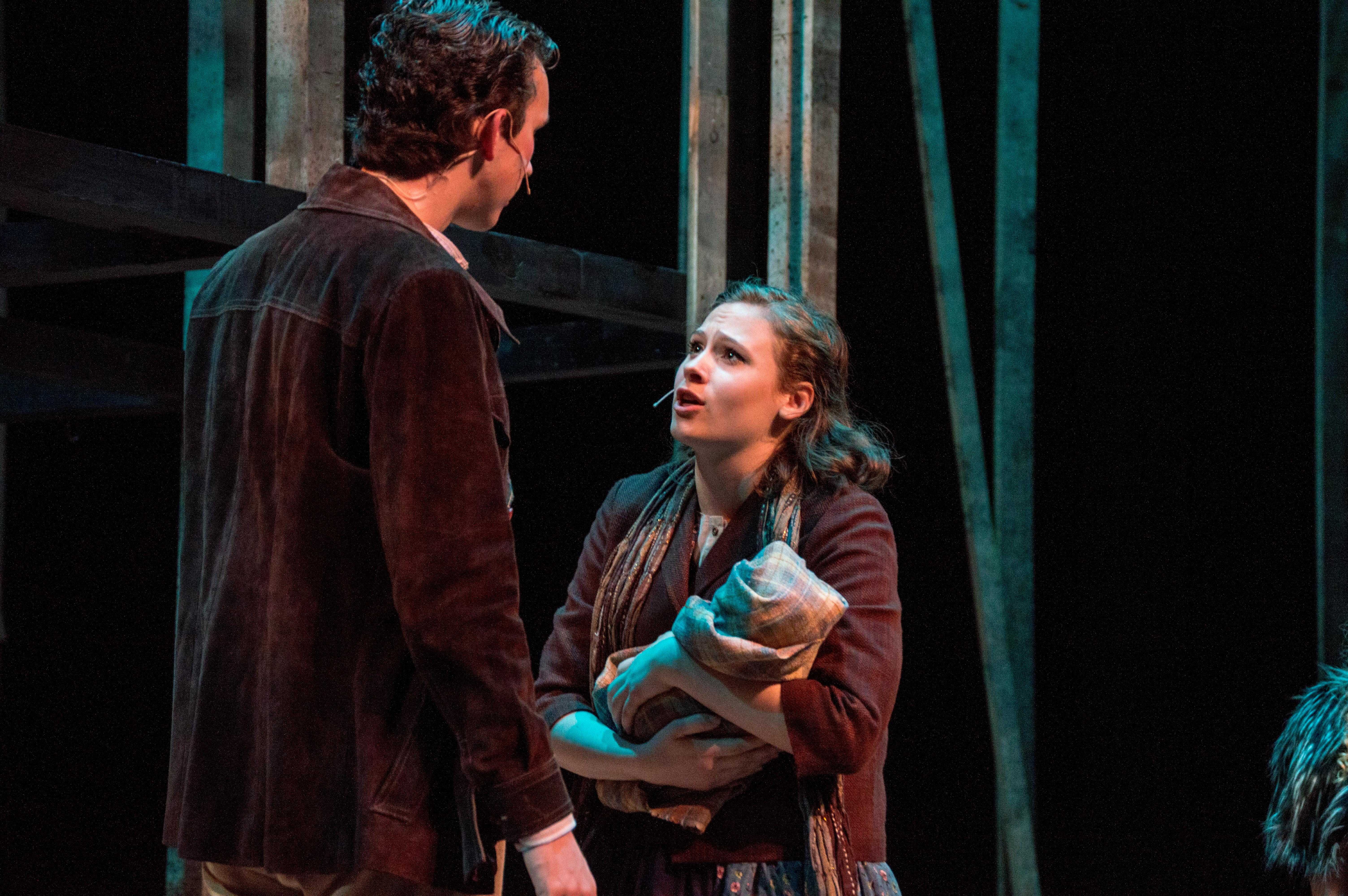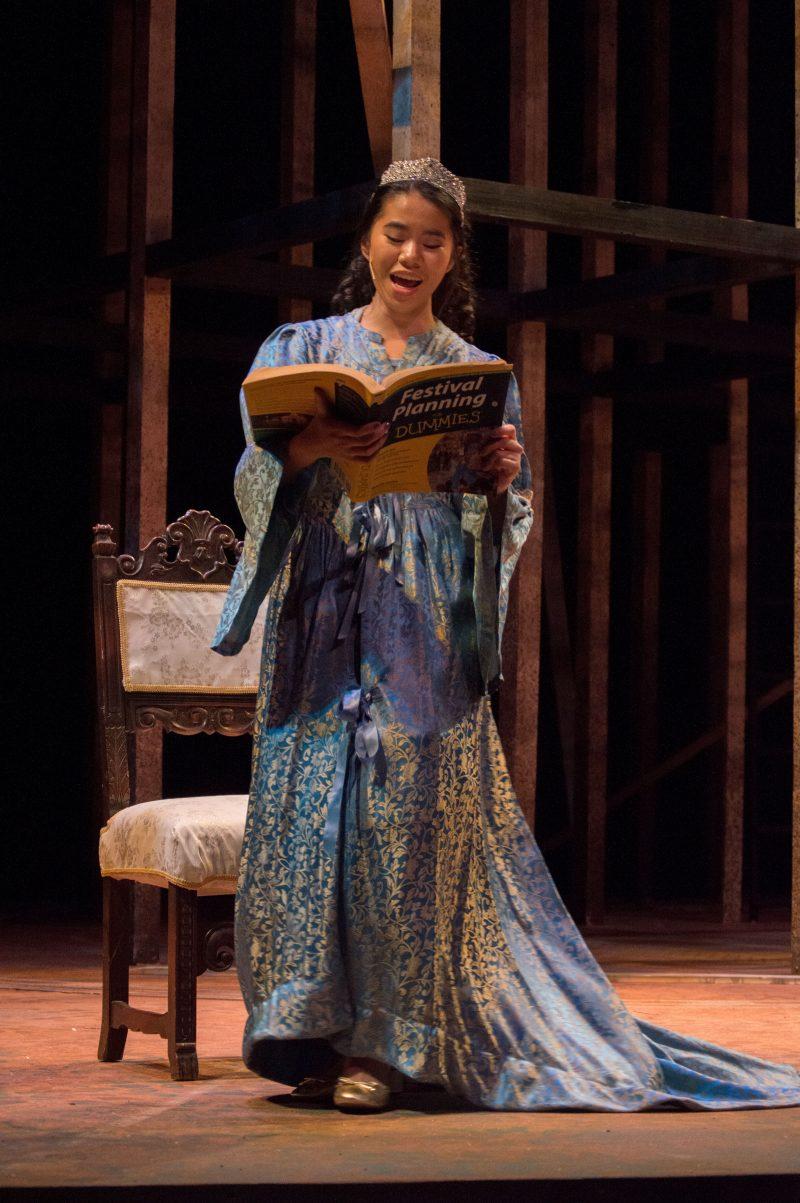The theatre department debuted “Into the Woods” last Friday, but preparation for this semester’s mainstage show has been ongoing since auditions were held in August. The production staff spent the past two months assembling a complicated, challenging, yet ultimately rewarding piece of theatre.
“This year is different because ‘Into the Woods’ is such a well-known show,” said Casey Deal, junior theatre major and assistant costume designer. “To make it different from what has been done before and what people have seen before is more challenging.”
With costume sketching starting at the end of August, Deal worked under the tutelage of Jodi Karjala, costume designer for the theatre department. As with past shows, part of the costuming was sourced from secondhand stores like Goodwill and then tailored to fit the characters.
Impressively, this was done to fit a wide range of quite specific needs, such as sewing fur onto second-hand clothing to create the Big Bad Wolf’s costume.

Other looks were, by necessity, sewn from scratch, including that of the show’s most iconic character.
“One thing that was really important for me was to have the instant recognition of Disney’s CInderella with blue dress,” Deal said. “In most productions of ‘Into the Woods,’ Cinderella has a gold dress. Ours doesn’t look like the animated Cinderella, but it does have that recognition of the Disney version.”
Another iconic character look required more than a month of work to perfect. Rapunzel’s wig, often consists of yarn, was sewn from multiple wigs to give the hair a more realistic look.
“They’re real people caught in a very unrealistic situation,” said Mindy Tran, junior theatre major and production stage manager.
The many magical elements of the show caused a few creative challenges. Some, like the prop chicken Hildegard, were small; the revolving centerpiece on stage was a more difficult task.
Tran spoke of the logistic difficulty that these elements presented, as there had to be more than a handful of cues called at once. This musical, unlike Trinity’s 2015 production of “Threepenny Opera,” utilized microphones to ensure that the singing was as audible as the music.
Microphone cues added to to cacophony of those unique to “Into the Woods, like turning the revolving stage or releasing the chicken tied to a remote-control car.

Lighting also played a role in creating the magical atmosphere for the show. Allie Butemeyer, senior theatre major and assistant lighting director working under Tim Francis, discussed a few of the small details that amalgamated into the fairy tale mood, like the blue moon, which symbolizes the passage of time.
In order to create the realistic light behind the structure, 15 bulbs are slowly lit underneath a layer of plastic. Other times, things as simple as keeping the beanstalk on stage lit with a downlight during the intermission helps keep the mood of the piece alive.
“Most people will walk into theatre and see how cool the set is, but may not realize how many hours go into these sets,” Butemeyer said. “The entire cast and crew put so much effort that is hidden when we actually have an audience. I love the moments when the audience is blown away by a light cue and you can hear it. The audience’s reaction to the entire show makes me love what I do and know that’s it not lost on people.”







